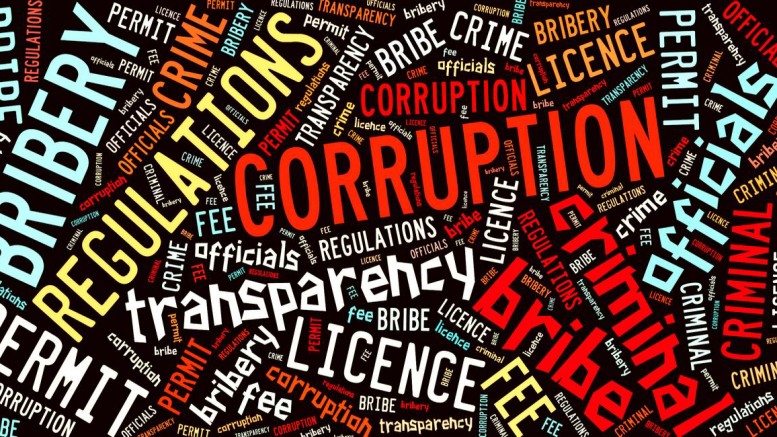
South Africa’s state owned enterprises (SOEs) are costing the economy billions with the largest offenders having made a combined loss of R15.5 billion for the 2014/2015 financial year.
This is according to the Democratic Alliance (DA). which alludes to SAA, Eskom, SANRAL, PETROSA, SAPO and PRASA as currently holding R408.9 billion in government guarantees between them.
“With the South African economy in crisis, and the threat of a ratings downgrade to junk status looming on the horizon, the ANC government cannot continue to prop up failing SOEs,” said DA Shadow Minister of Public Enterprises, Natasha Mazzone.
“The DA believes that the only viable solution to the problem of our ailing SOEs is to initiate a privatisation programme, guided by Treasury, to begin a process of disposing of increasingly inefficient and mismanaged state entities,” Mazzone said.
The DA said that the process of privatization must start with SAA, an unprofitable ‘fiscal black-hole into which billions of rands have been pumped with no return on investment’.
“SAA has been plagued with financial problems for over a decade now with assessed losses of R18 billion to date and little sign of a turnaround in sight. As the airline faces increasing concerns over cash flow and liquidity, the airline has once again called on Treasury to bail it out,” Mazzone said.
The DA summarised its financial position as follows:
- In the 2013/14 financial year, the airline incurred a loss of R2.5 billion.
- The 2014/15 financial statements are yet to be finalised, in itself a major area for concern.
- An investigation by auditors at SAA found that the airliner had made an R648 million loss in the first six months of the current financial year.
- Currently the South African government has provided guarantees totalling R14.4 billion.
In light of this, Finance Minister Gordhan’s suggestion of a merger between SAA and SA Express and seeking a “potential minority equity partner” falls far short of providing a lasting solution, the political party argued.
“The merger may in fact have negative effects by creating an even larger state monopoly in South Africa’s airline market that is altogether more difficult to monitor and manage,” it said.
The DA said that the only solution for SAA is full privatisation, a process that should be taken with haste.
Privatisation of SAA would have the following benefits:
- The introduction of capital, technology and managerial expertise that the public sector lacks.
- The private sector is more resourceful than the public sector and will ensure the provision of high-quality services/goods.
- The promotion of competition, which puts pressure on the private sector to be more efficient and viable.
- The potential to promote wider share ownership among employees and the public.
- It will make more capital available for economic development, internal investment, job promotion and infrastructural improvements.
Next steps
The DA said it would initiate the privatisation process by clearing out the SAA board entirely, including the removal of Dudu Myeni as chairperson.
“This would allow for the installation of a qualified and experienced board to oversee the privatisation process and prepare the airline for sale,” it said.
“One of the main concerns raised with the privatisation has been with regard to job losses. The DA maintains that restructuring should not occur at the expense of workers in state enterprises.
“That notwithstanding, one has to consider the cost of propping up the SAA workforce against the opportunity cost of jobs that could be created were that money spent elsewhere,” it said.
Treasury recently confirmed that it has given R14 billion to SAA in guarantees over the last 15 years which has supported a staff component of 11,491 in 2014. This means that it has cost government R1,218,344 per employee to keep these jobs, the DA said.
The full document can be found here


